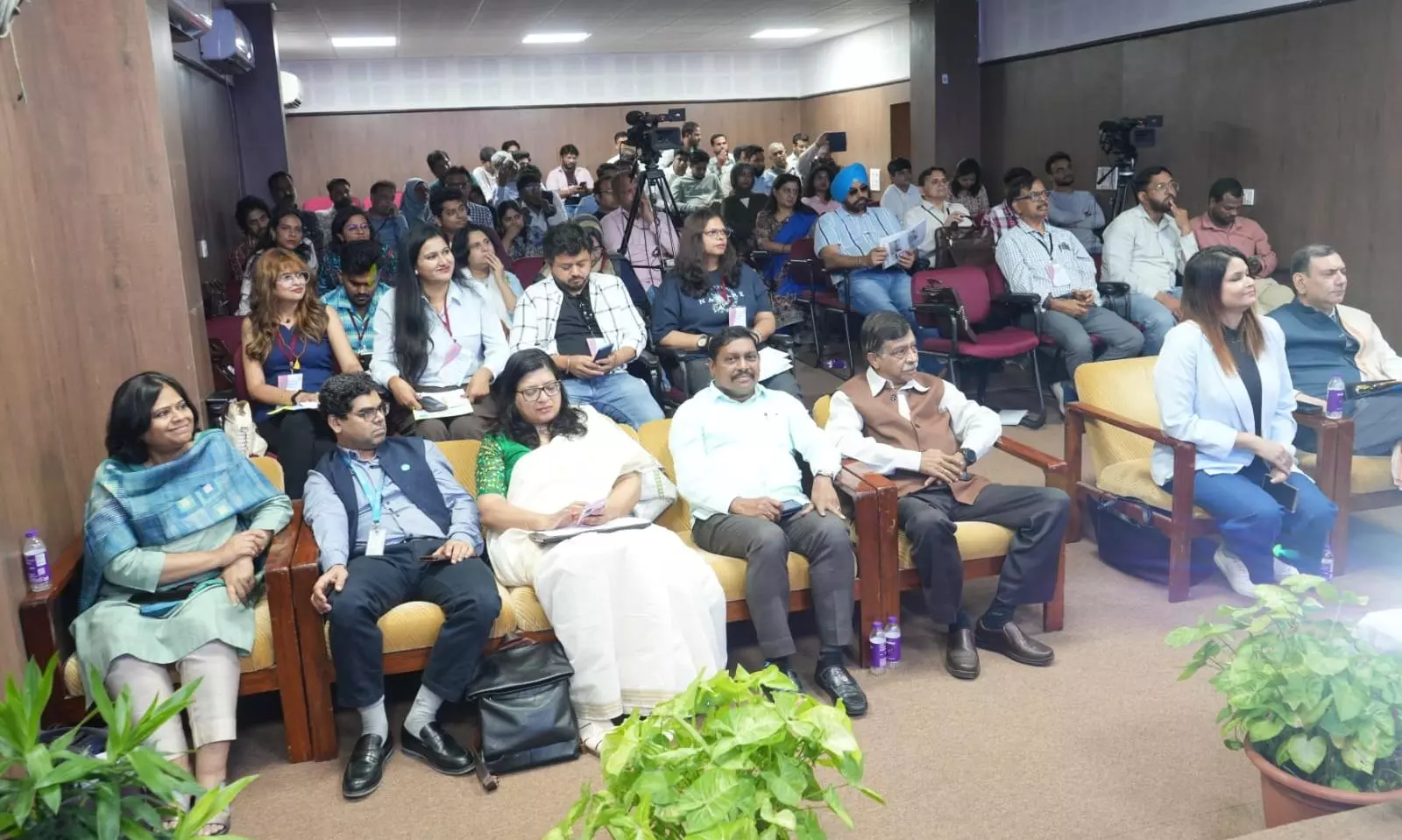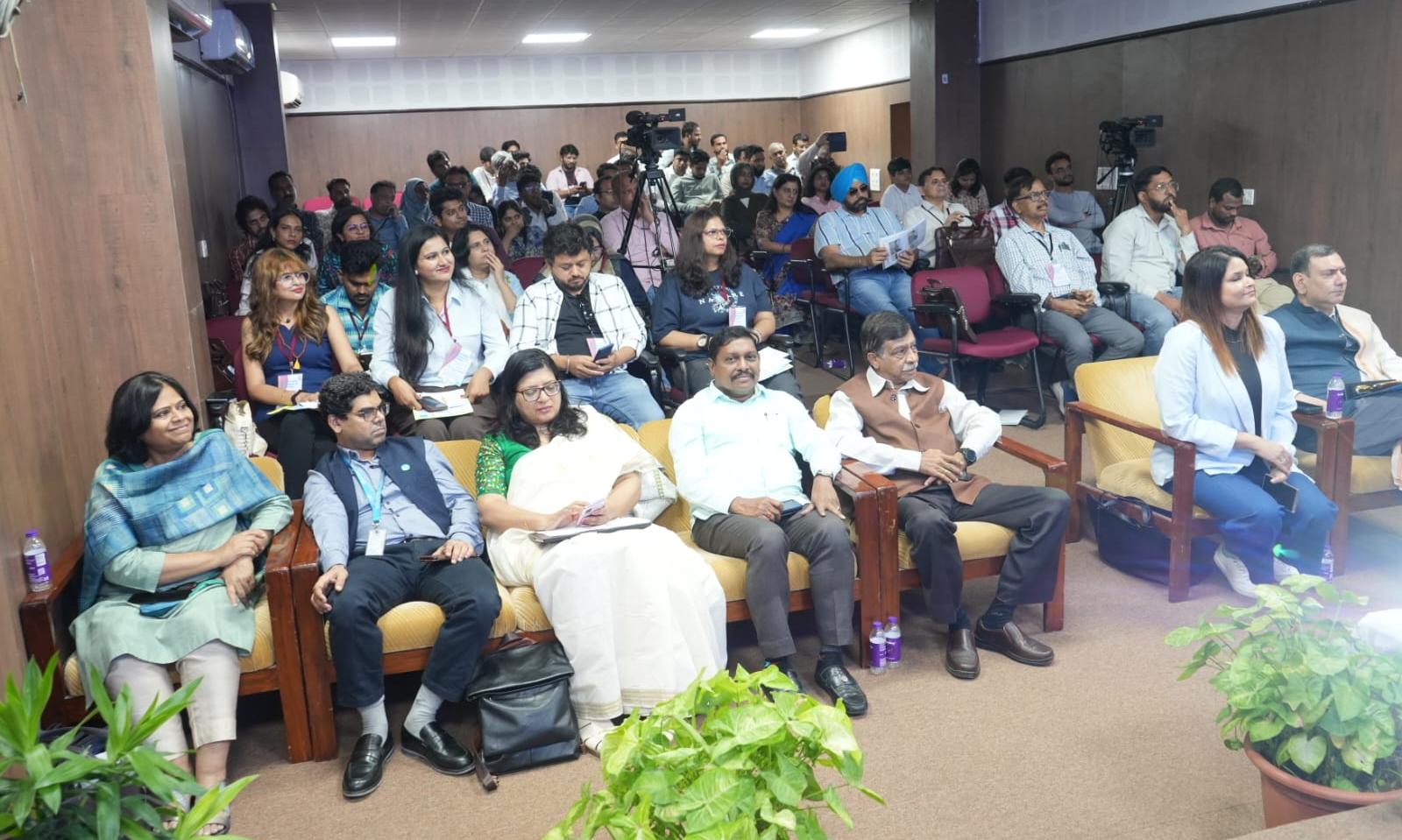
Hyderabad: Unicef India and the department of mass communication and journalism at Maulana Azad National Urdu University (MANUU) jointly hosted a media consultation in Hyderabad to raise awareness about road safety for children and youth on Thursday. The key message that emerged was that safer roads for young people require strong collaboration between governments, educators, communities and the media.
More than 100 participants attended the event, including MANUU faculty and students, radio jockeys and programme producers. The consultation underscored that road safety is not merely a traffic concern, but also a critical issue of child rights, public health and development.
Speaking at the event, Zafrin Chowdhury, chief of communication (advocacy and partnerships) at Unicef India, said children’s safety on roads depends on collective efforts. “Media has the power to turn statistics into stories that inspire action. Safer school zones, better emergency care, and public awareness campaigns all play an important role,” she noted.
A striking statistic shared during the consultation revealed that over 16,433 children and adolescents under 18 died in road crashes in 2022—making it the leading cause of death among those aged 5 to 19. Most victims were pedestrians, cyclists or two-wheeler riders not wearing helmets.
P. Shiv Shankar, chief general manager of NHAI, Hyderabad, stressed the importance of a four-pronged strategy built on education, enforcement, evidence and engineering. He emphasised the need to safeguard vulnerable road users, especially children and pedestrians.
MANUU Vice Chancellor Prof. Syed Ainul Hasan urged journalism students to report responsibly and approach stories with a deeper sense of justice and equity. “Road safety is a powerful lens to connect infrastructure, equity, and justice. That’s the kind of journalism we must nurture,” he noted.
Ramon Chesa, CEO of ISADAK, a road-management company, said, “Children must be at the heart of all road safety strategies. Whether it is regulating speed in school zones or enforcing helmet laws, our focus must remain on the most vulnerable. That’s why partnerships with universities, media, and global institutions like Unicef are essential.”
Dr Zelalem Taffesse, chief of the Unicef field office in Hyderabad, observed that many children died at the crash site. “We need integrated systems with paediatric emergency care, trained first responders, and community-level awareness. Health systems must become part of the road safety conversation,” he said.
Prof. Mohammad Fariyad, head of the journalism department, welcomed the guests and highlighted the potential of community radio and youth-led campaigns to spread road safety messages among children and teenagers. A panel discussion on the media’s role in road safety was moderated by senior journalist Srinjoy Chowdhury.
The event also featured interactive group sessions where participants created radio content such as jingles, talk shows and public service announcements on helmet use, first aid and school zone safety. The consultation concluded with all participants pledging to use media and storytelling to advocate for child road safety, particularly in high-risk communities.
